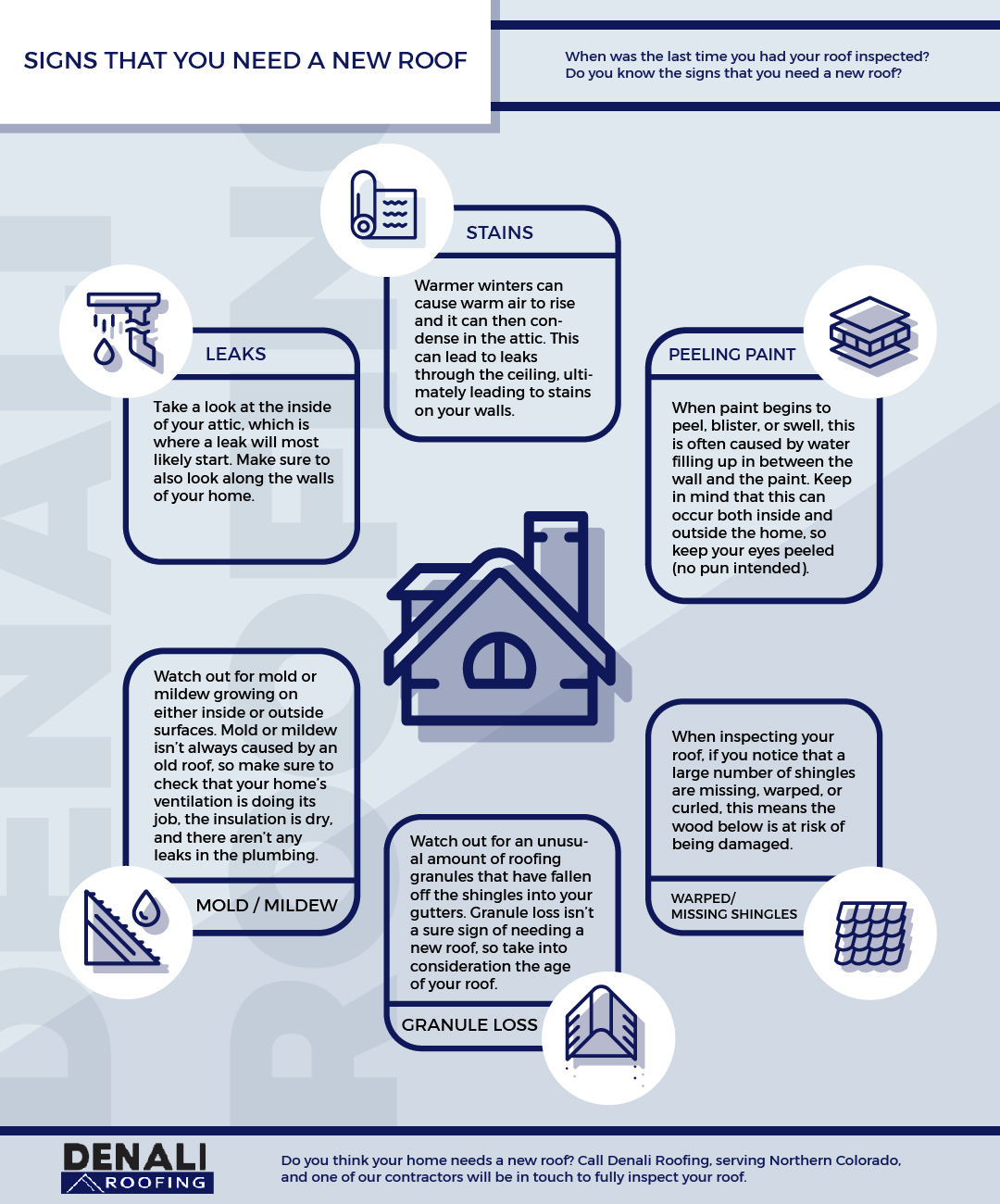Analyzing The Expenses Of Solar Panel Installment: Is It A Smart Financial Move?
Analyzing The Expenses Of Solar Panel Installment: Is It A Smart Financial Move?
Blog Article
Write-Up Writer-Mathis Dunlap
When thinking about the expenses of solar installment, you might wonder about the in advance investment called for and whether it lines up with the potential long-term advantages. Recognizing the intricacies of these expenditures and the different elements influencing the total return can clarify the value proposal of transitioning to solar energy. By assessing both the preliminary setup prices and the projected savings in time, you can acquire understanding into whether the investment in solar installation holds pledge for your economic future.
Preliminary Arrangement Expenses
When thinking about the costs of solar installation, the initial configuration costs play a critical role in your decision-making process. These ahead of time expenses include the rate of solar panels, inverters, placing tools, and setup labor.
The price of solar panels can differ depending on the brand, performance, and size you choose. Inverters are essential for converting the sunlight's energy right into usable electricity and be available in different kinds such as string inverters, microinverters, and power optimizers, each with its own expense ramifications.
Placing devices, such as racks and rails, is essential to securely mount photovoltaic panels on your roof or residential or commercial property.
The installment labor price covers the specialist installment of the solar system, making sure that everything is set up properly and successfully. Remember that while these preliminary configuration expenses may appear high, there are commonly refunds, tax incentives, and financing choices available to aid balance out the expenses and make solar installment much more budget friendly in the future.
Long-Term Cost Savings Evaluation
To recognize the financial advantages of solar installation in time, it's critical to conduct an extensive long-lasting savings analysis. While the initial configuration expenses of photovoltaic panels might appear daunting, the long-term financial savings can outweigh these costs significantly. By utilizing the power of the sunlight to create electricity for your home, you can potentially conserve thousands of bucks on your energy expenses over the life-span of your planetary system.
Among the key elements to take into consideration in a long-term cost savings evaluation is the decrease in your power bills. With photovoltaic panels, you can create your electrical power, lowering or perhaps removing your dependence on the grid. This can bring about considerable financial savings, particularly as energy rates remain to climb.
In addition, many governments offer motivations such as tax credit scores and discounts for mounting photovoltaic panels, even more enhancing your long-lasting cost savings. By taking advantage of these motivations and optimizing your solar energy manufacturing, you can enjoy substantial financial benefits for years to come.
Return on Investment Estimation
Taking into consideration the monetary benefits of solar installment, it's time to evaluate the Roi (ROI) calculation. Determining the ROI includes comparing the overall costs of setting up a solar system with the financial benefits it creates over its lifespan.
To calculate ROI, divide the web profit from the system by the overall investment price and multiply by 100 to obtain a percent. The ROI formula is: (Net Revenue/ Total Amount Investment Price) x 100.
As an example, if the overall price of mounting a planetary system is $20,000, and over its life-span, it produces financial savings and earnings amounting to $30,000, the web earnings would certainly be $10,000. Dividing this by the complete investment price of $20,000 gives a proportion of 0.5. Increasing https://www.redfin.com/blog/how-many-solar-panels-to-power-a-house/ by 100 provides an ROI of 50%.
Usually, a higher ROI suggests a much more economically gratifying investment. Factors like government rewards, maintenance prices, and energy price variations can impact the ROI of solar installations. Recognizing the ROI assists in analyzing whether purchasing solar power is worth it in the long run.
Final thought
In conclusion, understanding the expenses of solar setup is critical for determining if it deserves the financial investment. By considering preliminary arrangement costs, carrying out a long-lasting cost savings analysis, and calculating the return on investment, you can make an informed choice regarding the economic value of solar power. With the capacity for minimized utility bills and enhanced power freedom, investing in solar installment can be a clever choice for both your wallet and the environment.
